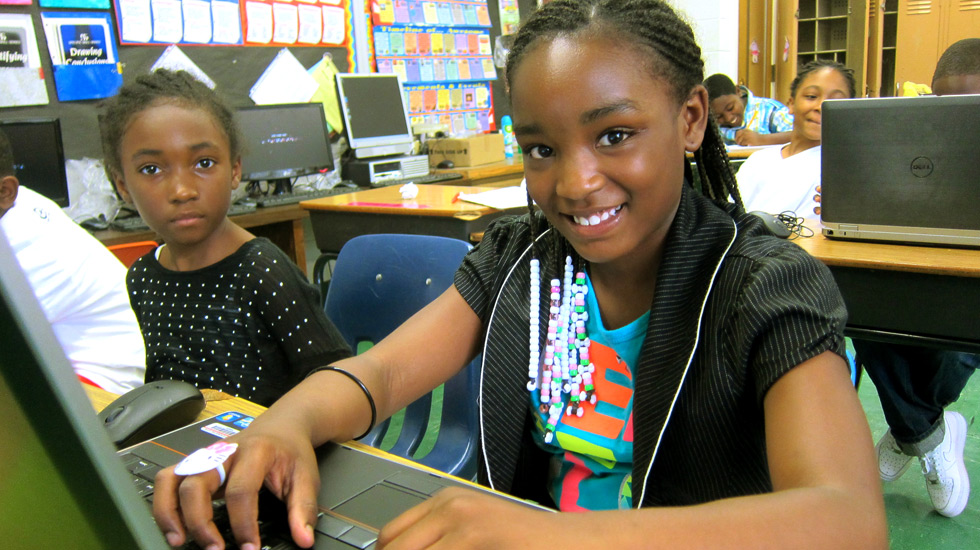Tonya is in seventh grade. Her report cards indicate that she is making satisfactory progress in school. Ditto, her SOL scores. But when compared to students across the country, Tonya is only reading on a third-grade level.Her math computation skills are only at a fifth-grade level.And her applied math skills, like her reading, are only at a third-grade level.
Tonya’s story is far too common in Richmond’s East End, home to the densest concentration of public housing south of New York City. Not surprisingly, Tonya’s East End world Is also characterized by broken homes, gangs, drugs, and the violence that goes hand-in-hand with inter-generational urban poverty.
“Not only is Tonya demonstrably behind in critical areas,” says Rev. Lynne Washington, executive director of Peter Paul Development Center, the East End’s oldest continually operating community center, “but without academic intervention, she will fall further and further behind. Even if she graduates from high school, she will be unprepared for college, not to mention a competitive place in the twenty first century global economy.”
Tonya is one of nearly a hundred students enrolled in Peter Paul’s innovative afternoon academy, an immersive learning program that is radically redefining the educational lives of East End students.
Peter Paul’s afternoon academy is far more than a traditional after-school program. Registration and attendance are required. Social skills are enhanced through positivelyreinforced behavior standards. Non-academic programs like healthy eating clinics and emotional counseling help to lower the barriers that separate these challenged students From effective learning.
But the truly transformative work takes place in the classroom.
At the beginning of each school year, students receive the equivalent of an academic x-ray. “It’s a battery of tests designed to offer a deeper insight into a student’s achievement than what might result from a standard school’s reporting tools,” says Washington. Based on these testing results, a Peter Paul Education Plan (P-PEP) is created for each student, designed to target that student’s most critical deficiencies.Throughout the course of the school year, Peter Paul’s staff of highly qualified teachers – many of whom hold advanced degrees in education – work with the students to achieve the P-PEP’s aggressive goals. Critically, at the end of the school year, students are tested once again to measure their progress.
What do those results show? For Peter Paul students as a whole in 2009-2010, 86 percent made more than a year’s worth of progress in either reading or math, and 34 percent made more than a year’s worth of progress in both reading and math. Many students made two to three times more progress than they had ever made during a school year.
Tonya’s results were similar to those of her peers, and while Washington notes that Tonya and many others are still behind where they should be, they are, for the first time in their academic lives, making the kind of progress capable of closing those deficits.
“Our students have to work harder and run faster to make up lost ground,” says Washington. “Peter Paul gives them the tools to run the educational equivalent of the four-minute mile, and they are rising to the challenge.”




